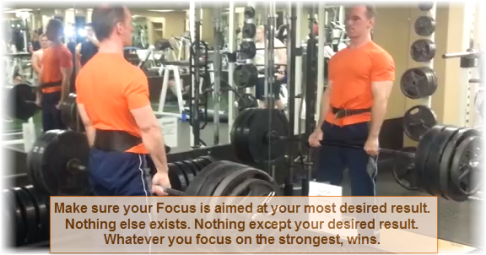Dynamic Flexibility: optimal control of movement through the joint’s entire ROM (range of motion).
Think about your legs and their ability to move relatively freely when only using one side. Now, attempt to move both legs at the same time in the same manner and ROM and you will find it much more difficult.
Neuromuscular Efficiency (much like neuromuscular coordination): ability of the neuromuscular system to allow agonists, antagonists, stabilizers, to work synergistically to produce, reduce, and dynamically stabilized the entire kinetic chain in all 3 planes of motion.
NASM focuses on flexibility due to their belief that inflexibility leads to injuries. Following a pattern of inflexibility, also referred to as postural distortions, can lead to predictable patterns of muscular imbalances. In other words, poor posture leads to improper movement and that… leads to injury.
Altered Reciprocal Inhibition: (things not functioning exactly the way we want) tight agonist muscle decreases neural drive to its functional antagonist. (hip flexor is tight causing glutes to be loose) This means that the body thinks it is working, even though it isn’t. The tightened muscle is shortened and tends to lose flexibility. This tends to happen when we are in one position for extended periods of time (sitting for hours). NASM quite often recommends foam rolling tight and shortened muscles. The optimal time to stretch and roll-out the tight muscles (muscle activation technique) is just before activity or gym time.
Synergistic Dominance: (related to altered reciprocal inhibition) the synergists take over for a weak or inhibited agonist/prime mover. This means you’ll be using your erectors (lower back) to reach your pen on the floor, instead of properly using your glutes to bend/squat.
All of these lead to…
Arthrokinetic Dysfunction: biomechanical and neuromuscular dysfunction leading to altered joint motion. Things just aren’t working correctly. If you train through dysfunction, you will “learn” how to function with the dysfunction. This is not an optimal scenario.
How does this happen? Let’s say you experience some sort of trauma, like a car accident, and then you experience inflammation. Next, we’ll consider you are in pain. Pain leads to tension and resistance. Your body’s muscle spindles are activated (stretch reflex) and contract causing “micro spasms”. When the muscles are tight for an extended period of time adhesions will develop. When these adhesions are formed (knots), they cause altered reciprocal inhibition and synergistic dominance. Your form and function is now altered, not normal. You are walking, or moving in a strange manner. Continuing this altered joint motion will cause your body to make permanent changes. You already know this is not an optimal scenario. Optimally, you will get treatment for the injury when you first experience the altered reciprocal inhibition. Consider Davis’ Law. Davis’ law is used in anatomy to describe how soft tissue models along imposed demands. It is the corollary to Wolff’s law, which applies to osseous tissue. Davis’ Law states that soft tissue remodels along the lines of stress. An injury will cause the body to strengthen along the line of an injury. In other healthy scenario like when working out, your body will grow and adapt to the specific exercise.
NASM’s Phase 1 for Corrective Flexibility:
– Stabilization Phase
– Tools to use: Self Myofascial Release Massage and Static Stretching
– Purpose: Increase Joint ROM, Improve Muscular Imbalances, Correct Altered Joint Motion
NASM’s Phase 2, 3, 4 for Active Flexibility:
– Strength Phase
– Tools to use: Reciprocal Inhibition, Self Myofascial Release
– Purpose: Increase soft tissue extensibility, Increase Neuromuscular Efficiency
NASM’s Phase 5 for Functional Flexibility:
– Power Phase
– Tools to use: Self Myofascial Release, Dynamic Stretching
– Purpose: Improve soft tissue extensibility, Improve motor control during higher speed, multiplanar movements (combination of sagittal plane, transverse/horizontal plane, frontal plane)
* Active Isolated Stretching: using your muscles to stretch another muscle. This is accomplished when you use your chest muscles to stretch your back muscles.

